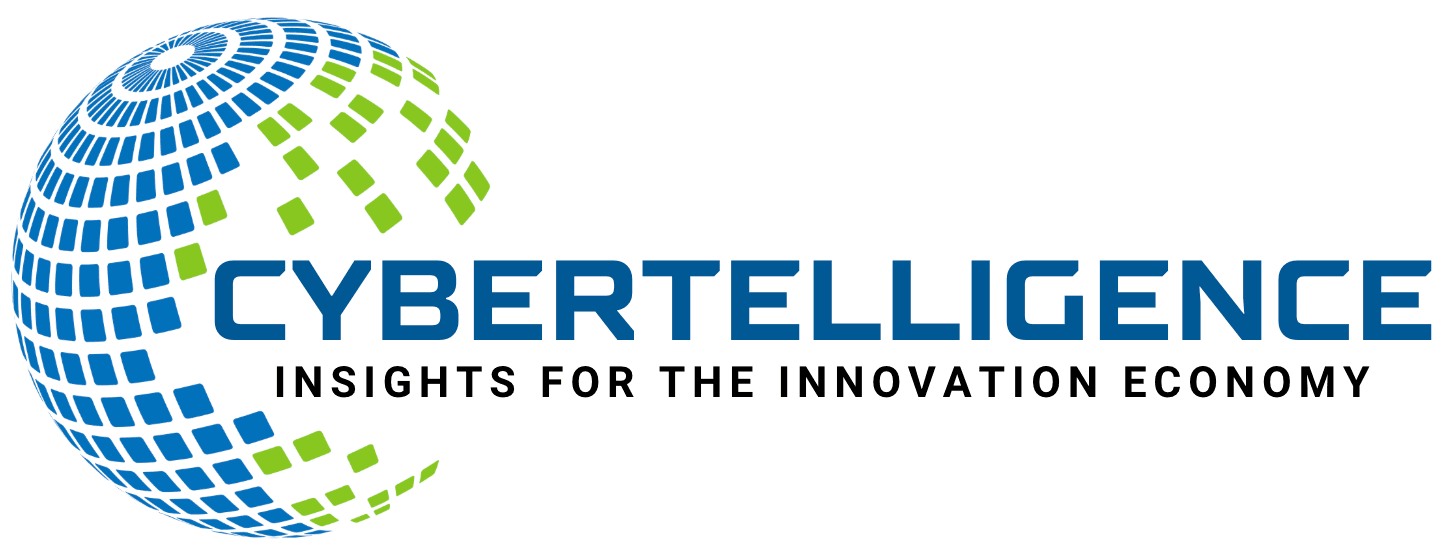In the fast-evolving world of artificial intelligence, the competition for top talent and resources is fiercer than ever. Today’s AI trends reveal a dramatic move in this ongoing battle: Meta has successfully recruited Ruomeng Pang, the lead manager of Apple’s foundation model divisions, to join its superintelligence team. This strategic poaching highlights the lengths major tech players are going to secure their foothold in AI innovation and supremacy.

Table of Contents
- The Talent War Heats Up: Meta’s Bold Moves
- Mark Zuckerberg’s Playbook: Bleeding OpenAI Dry
- OpenAI’s Response: Stock Compensation and Retention
- Pricing Pains: Cursor’s Controversial Changes and Industry Impact
- Infrastructure Expansion: CoreWeave’s $9 Billion Acquisition
- Conclusion: The High Stakes of AI Trends Today
- FAQ
The Talent War Heats Up: Meta’s Bold Moves
Meta’s recent hiring spree has sent ripples throughout the AI industry. According to Bloomberg’s Apple insider Mark Gurman, Ruomeng Pang, who Apple had originally recruited from Google in 2021, is now part of Meta’s elite superintelligence team. Reports suggest Meta offered a compensation package worth tens of millions of dollars — a sum that reflects both Pang’s reputation and Meta’s determination to win the talent war.
But money might not be the only motivator. Many insiders speculate that the opportunity to leave Apple’s troubled AI project, which has faced innovation challenges and restructuring, played a significant role in Pang’s decision. Meta didn’t stop there; they also lured two more researchers from OpenAI and Anthropic, fortifying their team with critical expertise.
Sources close to Apple hint that Pang’s departure could be just the beginning of a larger exodus, with several engineers reportedly planning to jump ship to Meta or other competitors. Rather than replacing Pang with a single leader, Apple is looking to restructure its foundation models team by adding more middle management — a move that, ironically, may slow down innovation rather than speed it up.
Why Meta’s Hiring Strategy Matters
TechCrunch highlights that Pang’s expertise in designing small, on-device AI models aligns with Apple’s historic focus, making this hire particularly strategic. This isn’t just about recruiting talented individuals; it’s about acquiring specialized knowledge that Apple had been developing.
The industry’s reaction to these moves has been intense. Career moves among AI engineers are now followed with the same fervor as sports trades. But beneath the surface lies a broader strategy, especially from Meta’s CEO Mark Zuckerberg, who appears to be waging a subtle war against OpenAI — the current frontrunner in the AI space.

Mark Zuckerberg’s Playbook: Bleeding OpenAI Dry
OpenAI, with its innovative breakthroughs, is perceived as untouchable in direct acquisitions. Zuckerberg’s approach? “You don’t buy the company; you bleed it out,” as one analyst put it. Meta is systematically poaching top talent from OpenAI, offering massive compensation packages that can reach hundreds of millions of dollars, effectively undermining OpenAI’s core strength — its people.
Peter Levels, a well-known commentator, believes Zuckerberg’s strategy is clear: extinguish OpenAI’s dominance. From open sourcing LLaMA to acquiring Scale AI for $14 billion — a company critical for data labeling and training datasets — Meta is cutting off OpenAI’s lifelines. The latest tactic involves aggressive recruitment to hollow out OpenAI’s workforce from within.
Meanwhile, Apple’s innovation struggles continue. After the controversial and widely criticized announcement of “Liquid Glass” at their Worldwide Developer Conference, Apple has now backed off the project, underscoring the deep challenges the company faces in AI development.

OpenAI’s Response: Stock Compensation and Retention
In this high-stakes environment, OpenAI has had to dramatically increase its stock-based compensation to retain top talent. Over the past year, stock compensation has surged more than fivefold, reaching $4.4 billion — about 120% of projected 2024 revenues. This is a massive jump from previous forecasts, which expected this ratio to drop to 45% as revenues grew.
Chief Research Officer Mark Chen has indicated OpenAI will continue to ramp up stock offers to remain competitive. While the company hopes to reduce this ratio to 10% by 2030, the path ahead remains costly.
Adding complexity, OpenAI’s transition to a public benefit company means employees currently hold profit units rather than traditional equity. If the conversion proceeds, employees could end up owning around one-third of the company, with Microsoft holding another third and investors plus the nonprofit splitting the remainder.
For perspective, Google’s stock compensation ratio was around 16% at its 2003 IPO, Facebook’s was roughly 6% in 2011, and Snowflake ran at about 30% in 2020. While such high compensation ratios may unsettle investors, they appear necessary in today’s cutthroat AI talent market.

Pricing Pains: Cursor’s Controversial Changes and Industry Impact
Not all AI battles are fought over talent. Pricing models are also shifting, reflecting the rising costs of AI development and usage.
Cursor, an AI coding tool, recently faced backlash after introducing new pricing changes that caught many users off guard. CEO Michael Truel apologized for the unclear communication and admitted the rollout was mishandled. The change, implemented mid-June, capped pro users at $20 of usage before charging API prices for excess, replacing the previous model of 500 fast responses followed by unlimited slow responses.
This led to users racking up unexpectedly high bills. Social media was flooded with complaints, including users who hit rate limits after just a few prompts or felt blindsided after paying thousands for subscriptions. Cursor also removed the option to bring your own API keys, preventing workarounds around the new billing system.
To their credit, Cursor has offered full refunds to affected users and extended this offer broadly. The company explained that newer AI models consume more tokens per request, especially for complex tasks, making API-based pricing the most transparent way to reflect actual costs.
This pricing shift is not unique to Cursor. Replit also introduced effort-based pricing for longer tasks recently. TechCrunch reports that these changes stem from model providers like OpenAI and Anthropic charging enterprise customers premiums for priority access and high-speed performance — costs that inevitably trickle down to end-user tools.

Infrastructure Expansion: CoreWeave’s $9 Billion Acquisition
As demand for AI capacity skyrockets, infrastructure players are making bold moves too. CoreWeave, a data center company fresh off a successful IPO, has agreed to acquire Core Scientific for $9 billion in an all-stock deal. Core Scientific, once a Bitcoin miner, pivoted to AI after bankruptcy and has been a landlord to CoreWeave, renting data center space and long-term energy contracts.
This acquisition will give CoreWeave direct access to over a gigawatt of data center capacity, a critical asset in the race to meet AI’s growing computational demands. Interestingly, CoreWeave had previously attempted to acquire Core Scientific for just $1 billion last year — a deal they now value at a 60% premium over market price, underscoring the intense competition for AI infrastructure.
CEO Mike Trader noted that like hyperscalers, CoreWeave balances between building infrastructure and using third-party resources, and this acquisition streamlines that strategy. The deal also wipes out $10 billion in future lease obligations by bringing their landlord in-house.

Conclusion: The High Stakes of AI Trends Today
Looking across these stories — Meta’s aggressive talent poaching, OpenAI’s skyrocketing compensation, Cursor’s pricing backlash, and CoreWeave’s infrastructure expansion — it’s clear that the battle for AI supremacy is being fought on multiple fronts simultaneously.
Companies are throwing traditional rules out the window, willing to pay premiums for people, technology, and infrastructure to secure their place in what will shape the technology landscape for the coming decade. This narrow window of opportunity is driving unprecedented moves, signaling that AI trends in 2024 are defined by fierce competition and rapid evolution.
FAQ
Why is Meta hiring so aggressively from Apple and OpenAI?
Meta sees acquiring top AI talent as a strategic way to build its own capabilities and weaken competitors like OpenAI. Offering large compensation packages and targeting key specialists helps Meta accelerate its AI development.
What challenges is Apple facing in its AI projects?
Apple’s foundation model team is reportedly struggling with innovation and restructuring. Leadership departures and the shelving of projects like Liquid Glass point to significant internal challenges in advancing AI.
How is OpenAI responding to the talent war?
OpenAI has dramatically increased stock-based compensation to retain and attract talent, even though it raises costs significantly. They are also transitioning to a public benefit company, which affects equity distribution among employees and investors.
What caused the backlash against Cursor’s pricing changes?
Cursor changed its pricing model mid-2023, limiting pro users’ access and charging API prices for overages without clear communication. This led to unexpected high bills and user frustration, although the company has since apologized and offered refunds.
Why is infrastructure acquisition important in the AI race?
AI models require massive computational power. Companies like CoreWeave are acquiring data center capacity to ensure they can meet growing demand and maintain competitive performance, highlighting infrastructure as a critical piece of the AI ecosystem.
This article is based on comprehensive research derived in part from the referenced video Tim Cooked: Meta Poaches Apple’s Top AI Talent




